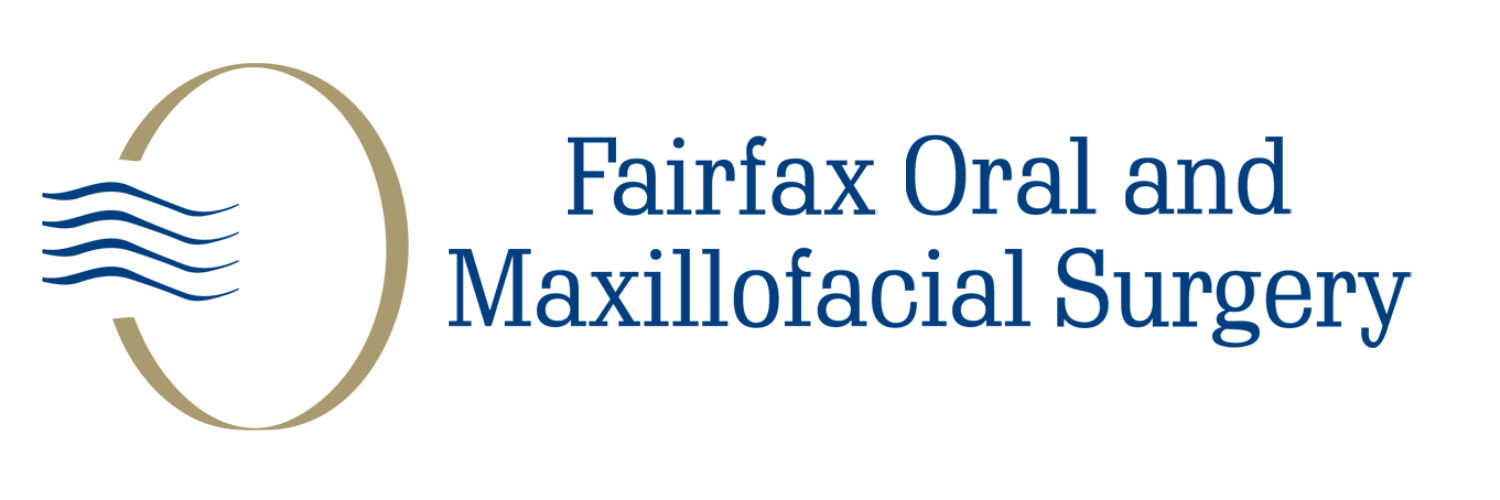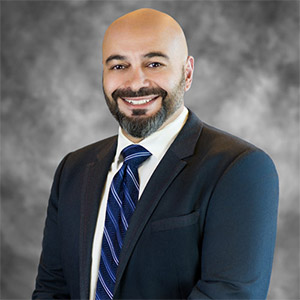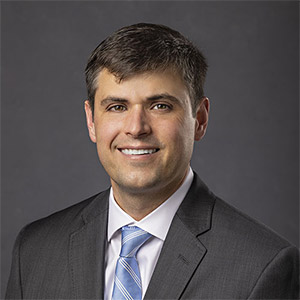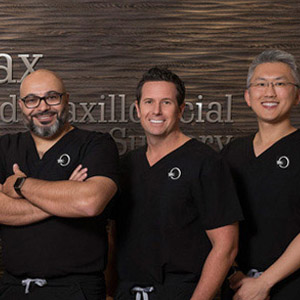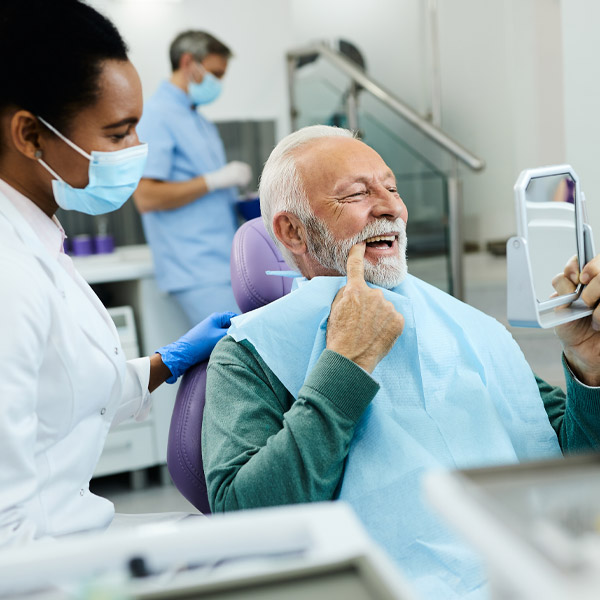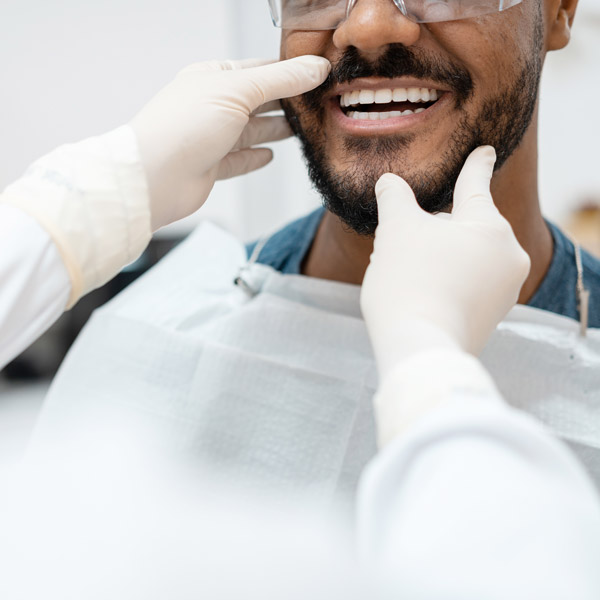Facial Trauma
What Is Facial Trauma?
The Oral and Maxillofacial surgeons of Fairfax Oral and Maxillofacial Surgery are highly skilled and trained to evaluate and treat various types of facial trauma.

What Are the Types of Facial Trauma?
- Knocked-out teeth
- Fractured jaws (lower and upper jaw)
- Fractured facial bones (eye socket, cheek, or nose)
- Facial lacerations
- Intra oral lacerations
What Causes Facial Trauma?
Facial trauma can be the result of many different events including but not limited to motor vehicle accidents, domestic violence, accidental falls, sports injuries, and work-related injuries. These injuries range from moderate to severe (as moderate as injuries to teeth, to extremely severe injuries to the skin and bones of the face). Facial injuries are categorized as soft tissue injuries (skin and gums), bone injuries (fractures), or extraordinary regions (such as facial nerves, eyes or the salivary glands).
How are Facial Injuries Treated?
Soft Tissue Injuries
Soft tissue injuries are repaired by suturing with the goal to ensure the best cosmetic results and that your facial nerves, salivary glands, and salivary ducts are intact and functioning properly.
Teeth and Surrounding Dental Structures Injuries
Oral surgeons commonly treat fractures in the supporting bone to the injured teeth, or replanting teeth that have been knocked out or displaced. These injuries are treated by a number of forms of splinting (bonding or wiring teeth together). If your tooth is knocked out, it should be placed in salt water or milk to keep it healthy. The tooth needs to be inserted back into the dental socket as soon as possible for the best chance of survival. You should never wipe the tooth off because there may be remnants of the ligament that held the tooth in the jaw and are vital to replanting the tooth successfully.
Our doctors have received extensive training in the diagnosis and treatment of both benign and malignant conditions that occur in the oral cavity and head and neck region.
Bone Injuries
Fractures to the bones in your face are treated similarly to fractures in other parts of your body. The form of treatment is dependent on the location and severity of the fracture, your age and general health. A cast is often used when an arm or leg is fractured, but since a cast cannot be placed on your face, we have other methods to stabilize facial fractures.
Sometimes jaws are wired together for fractures to the upper and/or lower jaw. Other types of jaw fractures are treated by surgically placing small plates and screws at the injury site. This procedure allows patients to return to normal function quickly.
We ensure your appearance will be minimally affected by accessing facial bones using the fewest incisions necessary. All necessary incisions are small and placed so the resultant scar is hidden.
